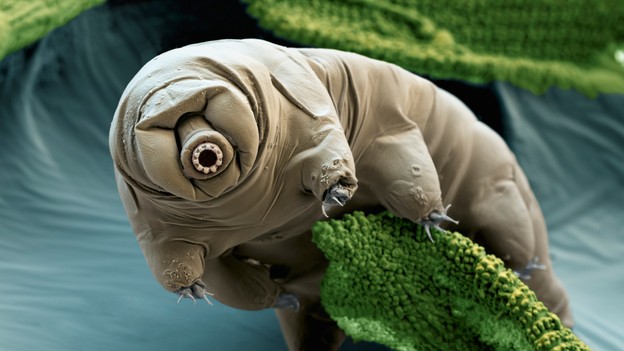Most of us are familiar with our body and the various organs systems within. Even other vertebrates possess anatomical structures which are closely related to humans. However, our abilities are limited due to biological constraints and physical limitations. Animals, on the other hand, are able to achieve much more due to certain adaptations. Read on to explore unique animal adaptations.
High Divers
Humans cannot dive from a high altitude into a body of water without risking grievous injuries. Gannets, on the other hand, are large seabirds that dive from a height of over 90 feet, plunging beak-first into the ocean for hunting fish. One species, the Northern gannets, are one of the largest seabirds, with a wingspan of 6.6 feet.
Diving from that height, head-first, can certainly result in broken bones and ruptured organs. And often, gannets achieve speeds in excess of 60mph during the dive. However, the gannets have a special adaptation which enables them to survive this extreme plunge. Under their skin, they have air sacs in front of their face and chest. This adaptation helps to cushion the impact with the water, which would otherwise be fatal. Furthermore, the eyes on gannets are positioned forward, which gives them binocular vision, allowing them to judge distances accurately. This adaptation, combined with the air sacs, help these birds to catch fish which are much deeper in the ocean than other birds.
Frozen Alive
Dying from freezing temperatures would be one of the most uncomfortable deaths imaginable. However, some animals can essentially “freeze”, and shut down their organs, then eventually thaw back to life once spring arrives. Despite, the human body organs are not capable of such a feat because frost can cause water to expand, which then damages the cells, killing the organism in the process.
The wood frog is one such animal that can “freeze” itself every year. Technically, cold temperature force humans and other warm-blooded animals increase the metabolic rate, thereby generating more heat. The wood frog does the exact opposite – it slows down its metabolism to an extent where it literally survives without food or oxygen. The frog’s heart and most other organs shut down; however, individual cells stay alive. The frog’s liver secretes glucose, directing it to all the internal organs. Glucose acts as an antifreeze, which protects the organs from frost damage until it can thaw out again.
Toxic Metals to Gold
Bacteria is an organism that is found in almost every nook and corner of the earth. They are also quite resilient, able to thrive environments that are inhospitable to other lifeforms. One specific bacterium, Cupriavidus metallidurans, can ingest toxic heavy metals and excrete minuscule nuggets of metallic gold.
Usually, gold and other metals are quite toxic to most microorganisms. So, scientists were perplexed when they first discovered the organism back in 2009. The mystery was solved when scientists discovered that the bacterium used a special enzyme called CopA that enables the bacteria to convert these toxic elements into forms that are less easily absorbed by the cell. The end result of this bacterial digestion process is that the bacteria shed microscopic gold nanoparticles along with other toxic metals on the bacterial surface.
